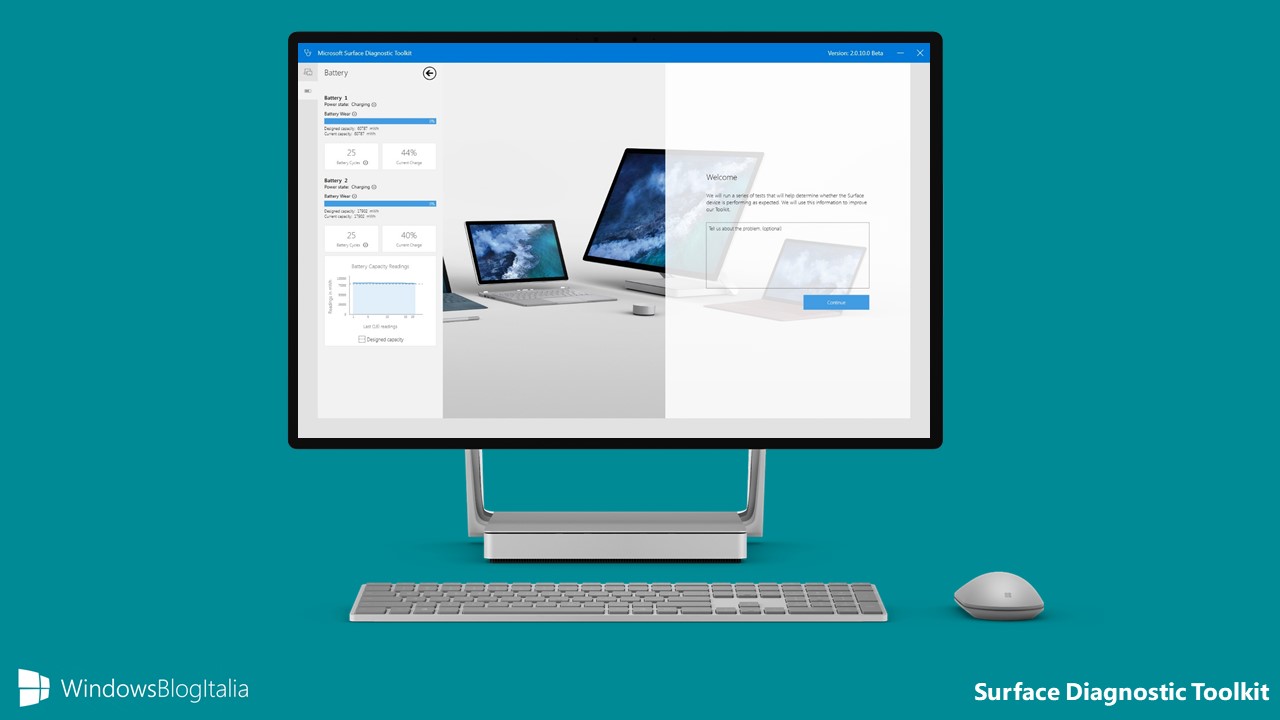
(see screenshot below) Be sure to save your work and close any open programs before doing this. 3 Click/tap on the Restart now and check for problems option. 2 Type mdsched into Run or command prompt at boot, and press Enter. Open the Start Menu, and type eventvwr. Here's How: 1 Open Run (Win+R) or a command prompt at boot. Example output (up to 6.4): diagnose sys top Run Time: 13 days, 13 hours and 58 minutes 0U, 0S, 98I 123T, 25F, 32KF newcli 903 R 0.5 5.5 sshd 901 S< 0.5 4. The command also displays information about each process. If the result shows one or more errors, you can try running an extended memory test, and recheck the results. If you have not already, you will need to have ran the Memory Diagnostics Tool prior before it will be in the Event Viewer System log. Use the diagnose sys top command from the CLI to list the processes running on the FortiGate.
Interpret windows memory diag results windows#
If the result reads "The Windows Memory Diagnostic tested the computer's memory and detected no errors," then you can discard memory as the root of the problem.

On Event Viewer, double-click the MemoryDiagnostics-Results source, and see the message. Type MemoryDiagnostic into the find box and click Find Next. You’ll see a list of a large number of events. Type MemoryDiagnostics-Results, and click the Find Next button. If you’re using Windows 7, press Windows Key+R, type eventvwr.msc into the Run dialog, and press Enter. Search for eventvwr.exe and press Enter to open Event Viewer. While you can see the status during the scan process, as soon as the test completes your computer will restart automatically, and you'll need to use the Event Viewer to see the test results to find out if you have a bad RAM module. In addition, you can also set a number of times the scan will be repeated to test your system's memory modules.Īfter you're done selecting your options, just press the F10 key to go back to the main page, and the scan will restart automatically. If you disable the cache, it'll allow the tool to access the data in RAM directly, which ensures a complete test. If necessary, you can navigate the different options using the TAB key to change cache settings.


 0 kommentar(er)
0 kommentar(er)
